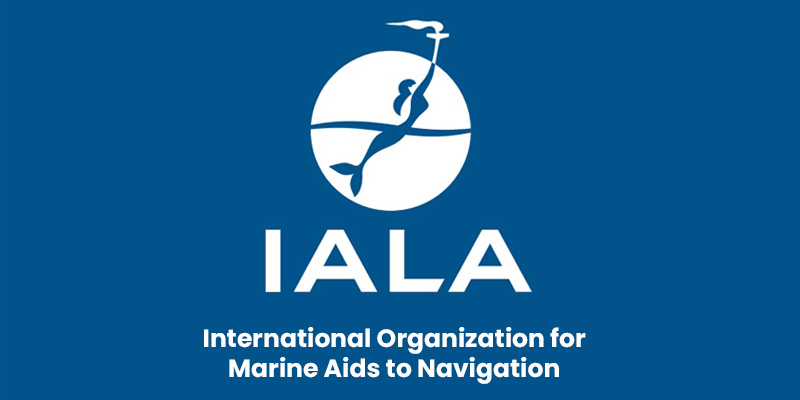Font size:
Print
AI-Based Tongue Imaging
Context:
Recent researchers have unveiled a novel approach to detecting coronary artery disease (CAD) using AI-based tongue imaging.
More on News:
- This innovative method combines the ancient practice of tongue diagnosis from Traditional Chinese Medicine (TCM) with cutting-edge artificial intelligence technology, offering alternative to traditional diagnostic procedures.
- The study, conducted by Beijing University of Chinese Medicine and Hunan University of Chinese Medicine, aimed to develop a safer, non-invasive, efficient, and cost-effective diagnostic method.

Key Highlights:
- According to the World Health Organisation, CAD is the leading cause of death globally, responsible for 17.9 million deaths annually, accounting for nearly one-third of all illness-related deaths.
- Coronary angiography, the gold standard for CAD diagnosis, is invasive, expensive, and not ideal for early detection or assessing risk.
- TCM emphasises external observation for diagnosing internal conditions, including tongue diagnosis, which assesses the tongue’s colour, coating, and shape as indicators of systemic health.
AI Diagnostic Model Development:
- They utilised the ResNet-18 network, pre-trained on ImageNet, and incorporated tongue image features along with CAD risk factors.
- They employed the Deeplab V3 + framework for extracting tongue features, achieving over 99% accuracy.
- The XGBoost algorithm, combined with tongue image features, showed superior performance in classifying CAD compared to models using only risk factors.
Study Results:
- The study involved hypertensive patients aged 18 to 85, with a final cohort comprising 244 patients with hypertension and 166 patients with both hypertension and CAD.
- The CAD diagnostic algorithm demonstrated notable performance, particularly in individuals aged 65 and older, and was equally effective across genders.
- The algorithm also showed enhanced accuracy in cases with three or more risk factors, underscoring the importance of considering multiple risk factors in CAD diagnosis.
Limitations:
- The study’s sample was limited to patients with hypertension, lacking diversity in terms of country, ethnicity, and varying diagnostic equipment.
- The model’s applicability might be restricted by the single type of equipment used for collecting tongue images.
Implications:
- Future research should involve a larger and more diverse population and consider integrating additional biomarkers.
- Expanding the study to validate and optimise the diagnostic model further is recommended.
Coronary artery disease (CAD)
- It is a heart condition characterised by the narrowing and blockage of the coronary arteries due to plaque buildup.
- It is primarily caused by atherosclerosis, a process where cholesterol, fatty deposits, calcium, and other substances accumulate in the arterial walls, forming plaques.
- This accumulation narrows the arteries and reduces blood flow. Plaques can rupture, leading to blood clot formation and further obstruction.
- Symptoms: Include nausea, dizziness, heart palpitations, fatigue, and weakness.
- Treatment: Includes regular use of medications to manage the condition.
-
- In more severe cases, advanced treatments such as angioplasty (which involves placing a stent to open blocked arteries) or bypass surgery (to reroute blood flow) may be required.
- Other options can include pacemakers or intracardiac defibrillators, and in some cases, artificial hearts or heart transplants.
-


